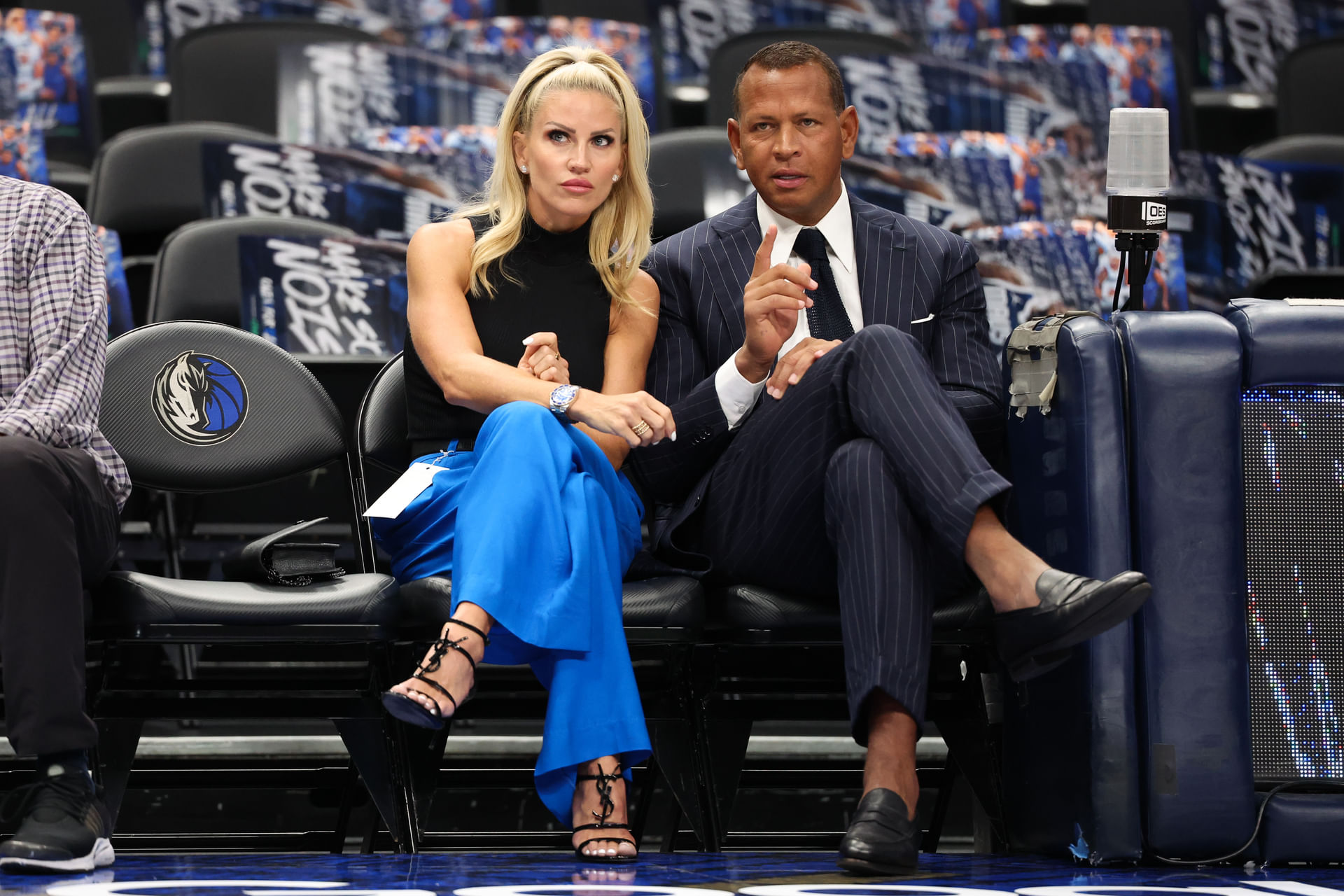Every year, McKinsey releases a report on the state of the sporting goods industry. This year’s report reveals a significant shift: for individuals engaged in physical activity, exercise has evolved from a mere pastime into a defining element of personal identity. Still, the share of inactive adults jumped from 26 percent in 2010 to 31 percent in 2022. This trend could endure in the coming years, with the World Health Organization projecting inactivity levels to reach 35 percent by 2030.
Now, the positive: “The good news is that sporting goods companies have an opportunity to take targeted action,” write McKinsey Senior Partners Becca Coggins, Gemma D’Auria, and coauthors. “They could seek to remove barriers to physical activity for more sedentary segments, including via product innovation, marketing campaigns to raise awareness, and enhanced youth engagement.” In celebration of the International Day of Sport for Development and Peace (IDSDP), explore the 57-page report and these insights for more on how sports and the athletics industry affect different communities.
Sporting Goods 2025—The new balancing act: Turning uncertainty into opportunity
The CEO as elite athlete: What business leaders can learn from modern sports
The business of sports and the quest for inclusion for women
In the long run: What leaders can learn from an Olympic gold medalist
Author Talks: It’s time to make youth sports about kids again
Tackling inflation and margin pressure in the sporting goods industry




